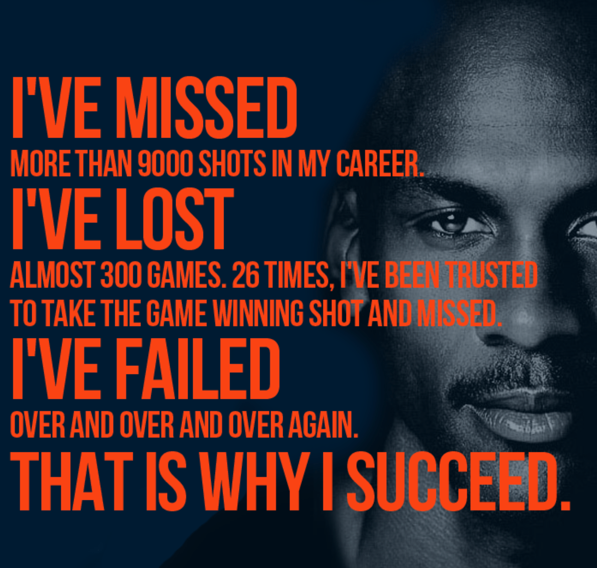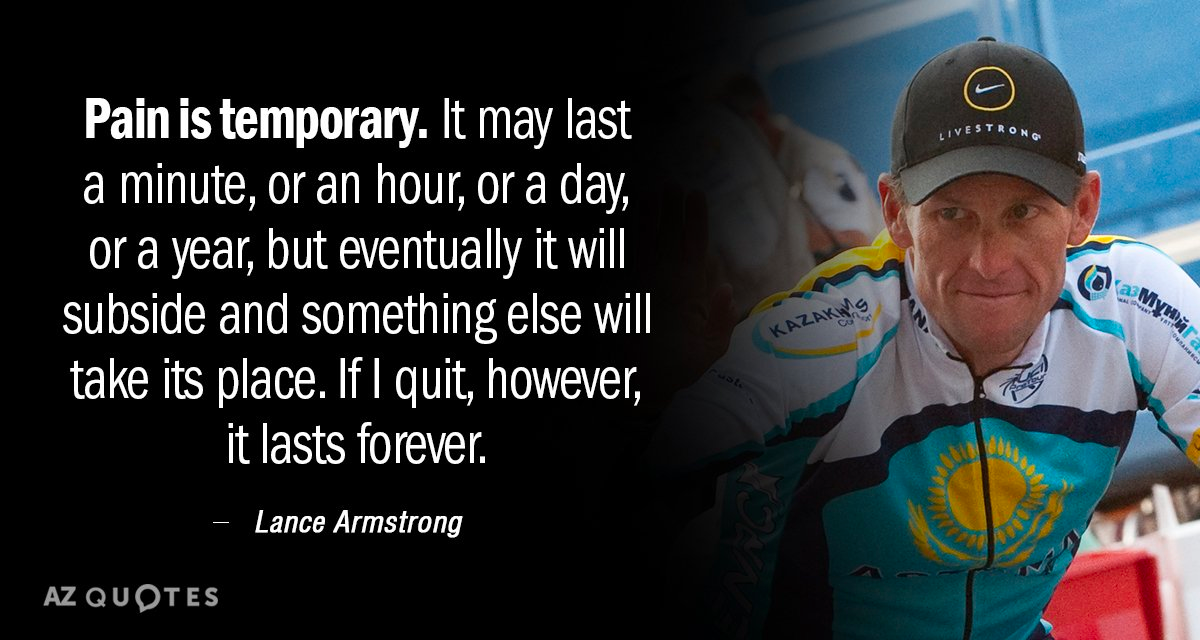Plan To Fail
Think about this: as a toddler, were you successful on your first attempt to walk? Did you try once and decide it wasn’t for you? Probably not. You got up. You fell. You got up again. Eventually, you got it, which is cool because I can’t imagine your life if you still resorted to crawling everywhere as an adult.
Somewhere along the way, though, we learned that failure was bad. We were taught that failure means losing, and no one wants to be a loser. It’s time to unlearn that behavior. You’ll either fail or you’ll never accomplish anything significant. Sure, sometimes failure hurts. That’s ok because that’s usually where the lesson is, and nothing is permanent.
Fail Fast
Personally, I use the motto “fail fast.” When I wake up each day, my job is to fail as fast as possible. Doing so eliminates all of the ways that won’t accomplish my goals for the day, leaving only the ways that will help me accomplish them. Failing fast also implies that I’m looking for failure. This helps identify it earlier and avoids spending more time than is necessary on it.
Planning To Fail
Let’s bring all of this hypothetical talk to a real-world example: how do you plan to fail? You first have to identify what success and failure look like. Let’s imagine doing a back squat. A successful back squat involves racking the bar on your back, squatting below parallel, keeping your chest upright, and returning to a standing position. So what does an unsuccessful back squat look like? It can be:
- not squatting below parallel
- not keeping your chest upright
- unable to stand the weight up from the bottom Here’s the critical part: what will you do when you identify failure? Often, it’s too late to devise a plan once you fail. You need a plan before you start. Let’s say that you are at the bottom of the squat and can’t stand it back up. You are likely in a compromised position. You are at risk of injury. You are stressed, and thinking clearly is hard.
This is not the time for planning.
Instead, before you ever take the bar off the rack, you need a plan for failure. Identify that you may be unable to stand the weight up once you hit the bottom of your squat. In that situation, you need to be able to unload the weight quickly and safely to try again. So you’ll come up with this plan: “At the bottom of the squat, if I can’t stand it back up, I will over-exaggerate, keeping my chest upright. I will drive forward with one leg while shrugging the weight off my shoulders. This will result in the bar dropping behind me while I safely move forward out of the way. That’s a lot, right? But it’s essential. In this case, the penalties for not planning to fail involve injuring yourself, which may take many months to recover. Such is life.
You can’t avoid failure. You can’t ignore it. Embrace it. Let it guide the way.
Today’s Tasks
Don’t forget to complete today’s tasks for the challenge.
- Drink 1 gallon of water
- Workout for 45 minutes
- Read ten pages from your book
- Stick to your meal plan
Once completed, head to the tracking site and mark them as completed to track your progress for the challenge. Tomorrow we’re going to talk about fitness goals, specifically functional fitness.
Failure is simply the opportunity to begin again, this time more intelligently. –Henry Ford

